Spring Semester Tuition Due
Don't lose your seat in Spring semester classes by not paying your tuition on time! Pay online, in person at the nearest campus or sign up for the Tuition Payment Plan.
Outdoor Geology Lab Tour: Monzonite
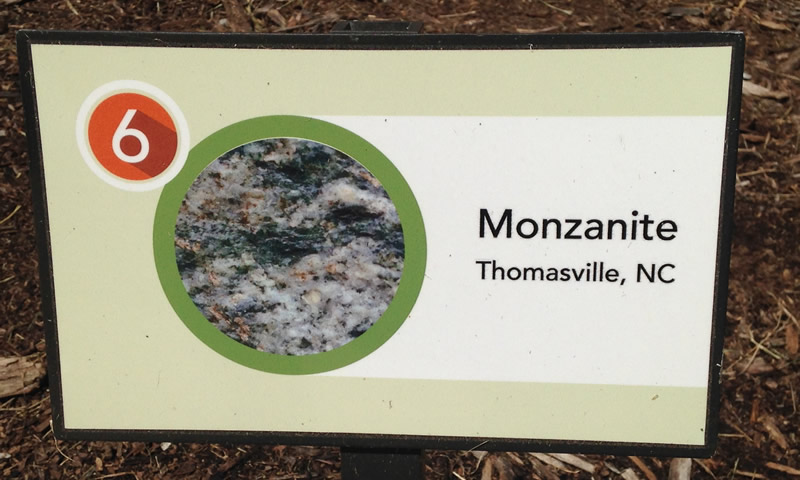
Rock type
Igneous
Description
This boulder is composed of two rocks: monzonite and basalt. The monzonite has large black and white speckles, making it look almost like chocolate chip ice cream. The basalt is a smooth medium gray and forms lines that cut through the monzonite.
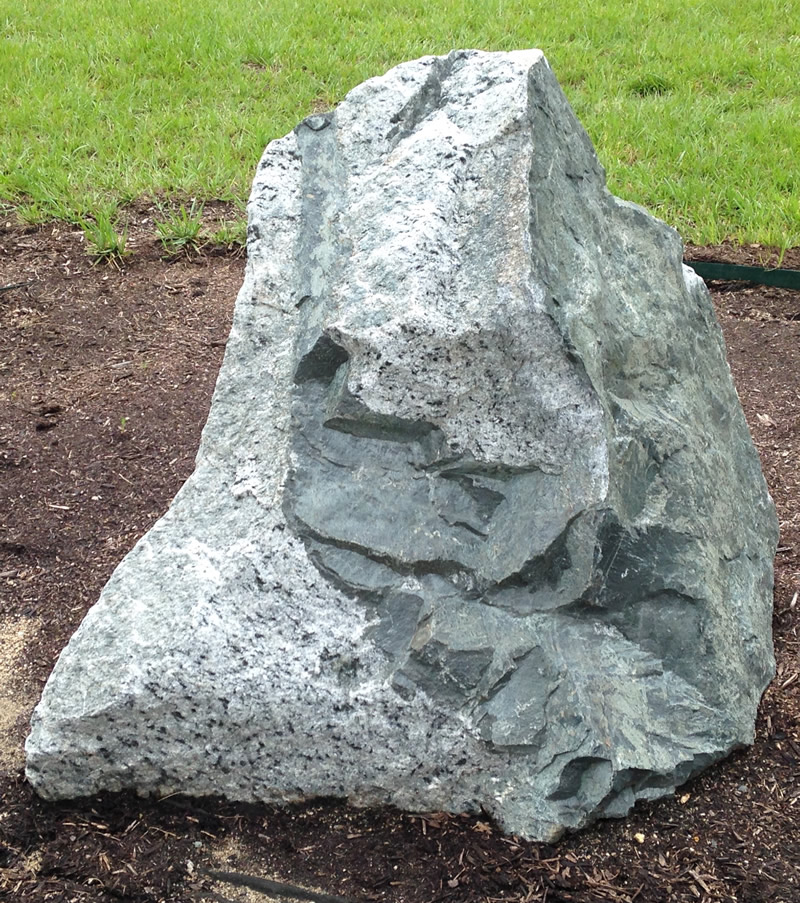
Figure 1: The monzonite boulder on Scott Northern Wake Campus
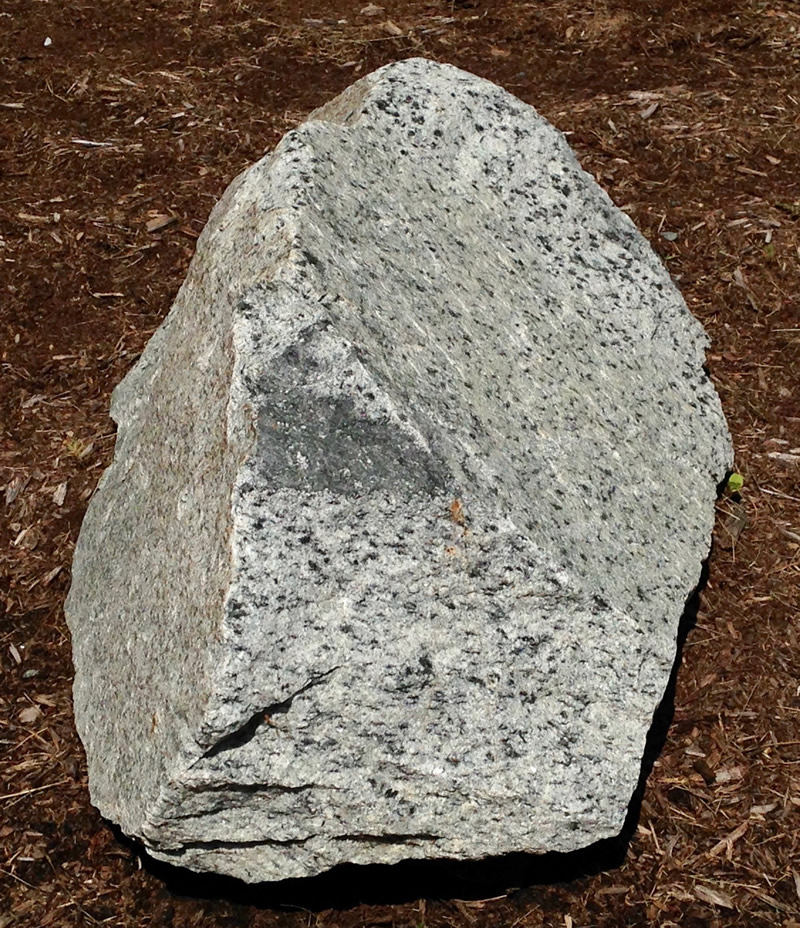
Figure 2: The monzonite boulder on Southern Wake Campus
Unique features
In the monzonite, the dark minerals are larger than the light minerals. Also, if you look at the rock from the correct angle, you may notice that the black minerals are arranged in a particular orientation – a feature called lineation. In the basalt, the mineral grains are too small to be seen with the naked eye.
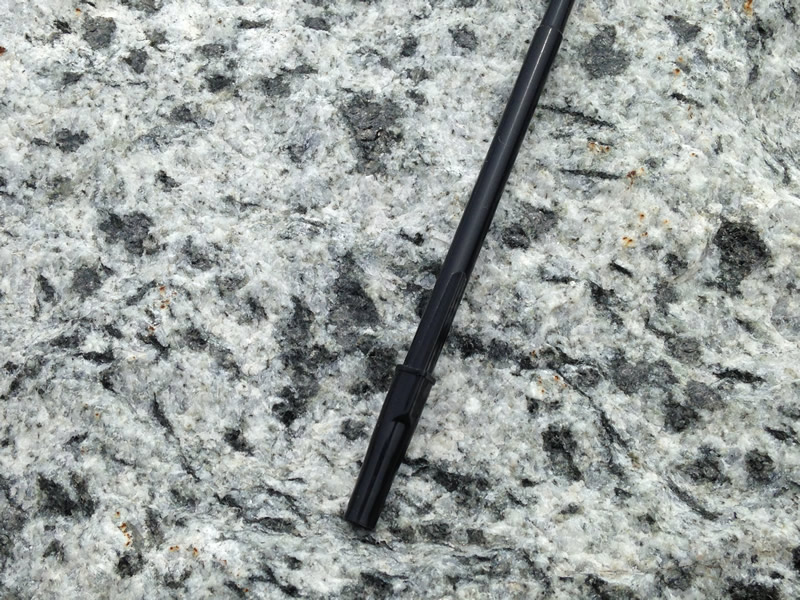
Figure 3: The monzonite surface. Notice that the black minerals are larger than the white ones. This likely reflects details of the cooling history of the rock. (Black ballpoint pen for scale)
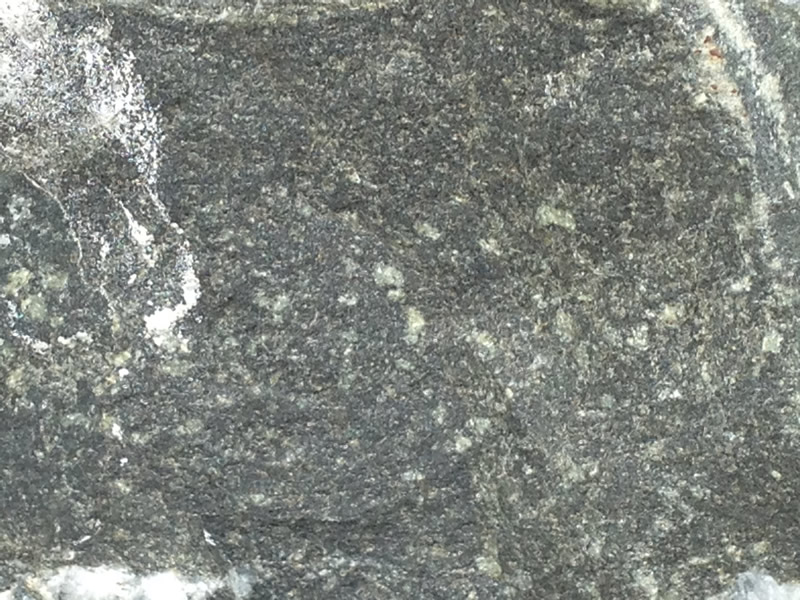
Figure 4: Close-up of the basaltic dike. Notice that the minerals are all dark gray or green and that they are very small. Their minuscule size suggests rapid cooling.
How did it form?
Monzonite is a coarse-grained igneous rock, which means that it formed by very slow cooling of magma deep within the Earth. The basalt dikes that cut across the monzonite are fine-grained igneous rocks, meaning that they formed by rapid cooling of lava near the Earth's surface. The monzonite has also experienced some metamorphism, resulting in the lineation.
How would a geologist figure out how it formed using rock characteristics?
In the monzonite, an interesting feature is that the dark-colored minerals are much larger than the light-colored minerals. We know from laboratory experiments that dark-colored minerals usually have higher melting temperatures than lighter-colored minerals. This means that, in a cooling magma, the dark-colored minerals crystallize first at high temperatures, while the light-colored minerals are still liquid. Other laboratory experiments have shown that, when minerals have a longer time to cool, they grow larger, and when they don't have very long to cool, the minerals grow only to small sizes. The fact that the dark-colored minerals are larger than the light-colored ones suggests that this rock cooled very slowly at first for a long time, which would have allowed the dark-colored minerals to crystallize and grow large. Then, once it was cool enough for the light-colored minerals to crystallize out of the melt, the rate of cooling sped up, which meant that the light-colored minerals did not have as long as the dark-colored minerals to grow large. It is fascinating how we can chart the cooling history of an igneous rock like this using grain size.
The basaltic dikes that cut through the monzonite have a completely different chemical composition than the monzonite, which is reflected in their very different color schemes. The monzonite's composition includes a lot of silica and feldspar, while the basalt's composition includes much less silica and much more iron and magnesium. These different chemical compositions indicate that the sources for the magmas that formed these rocks came from different places. Likely, the magma for the monzonite came from melting of continental crust, perhaps during a continental collision, while the basalt came from melting part of the Earth's mantle, perhaps during a continental rifting event.
We can tell that the monzonite is the older of the two rock types because the basalt has cut through it to form thin vertical forms. Logically, the basalt could not have assumed these forms on its own without the monzonite already there to support the cooling lava that would become the basalt.
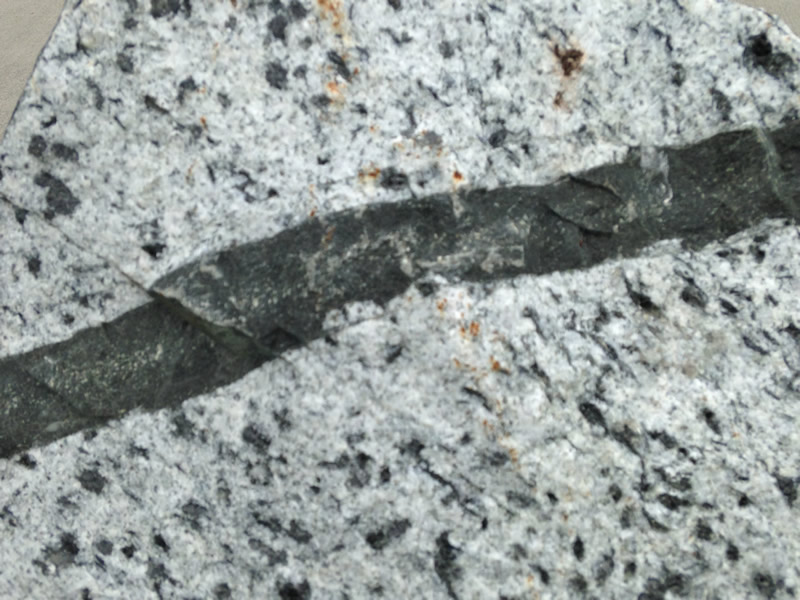
Figure 5: The surface of the monzonite with a basalt dike running through it. Since the dike cuts through the monzonite, it suggests that, after the monzonite cooled, there was an igneous intrusion event that caused magma of this dark color to cut through the monzonite and then cool quickly.
The lineation, or lining up of darker-colored minerals, that we see in the monzonite is another interesting feature. It suggests that, at some point after the monzonite formed, it was subjected to high heat and pressure, which caused a small amount of metamorphism to occur. High heat and pressure are the only things that can cause minerals to change shape and rotate like we see here to form the lineation.
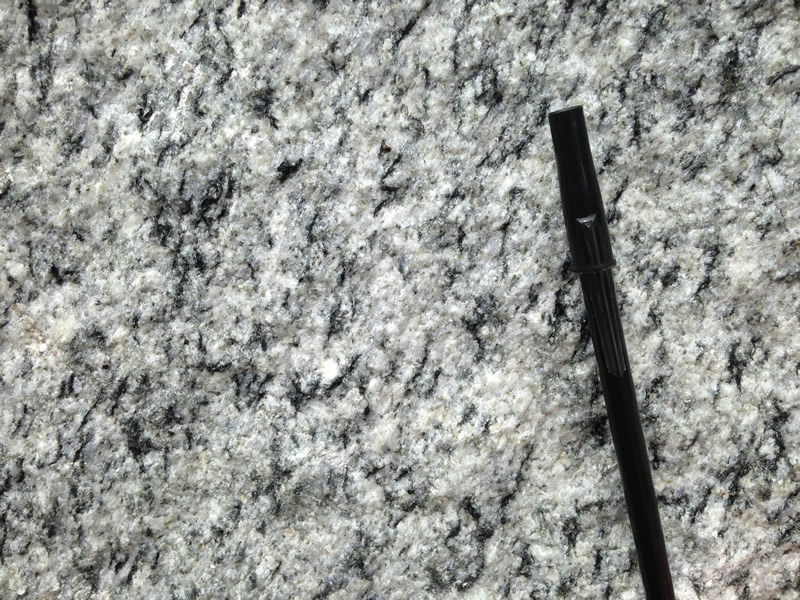
Figure 6: The surface of the monzonite showing the lineation, or the way that the dark minerals have aligned themselves. The lineation in this image runs top to bottom. (Black ballpoint pen for scale)
2023 Footer Column 1
2023 Footer Column 2
- Wake Tech Mobile App
- Help & Support
2023 Footer Column 3
- Connect
919-866-5000
Contact Us | Terms of Use | Privacy Policy | Campus Policies | Site Map







